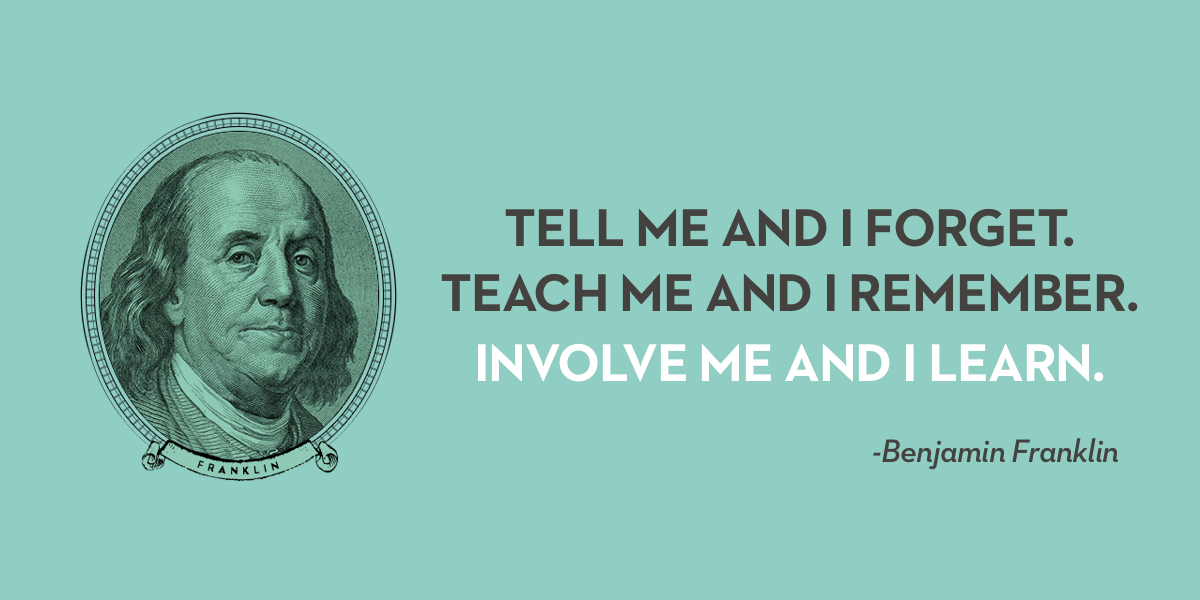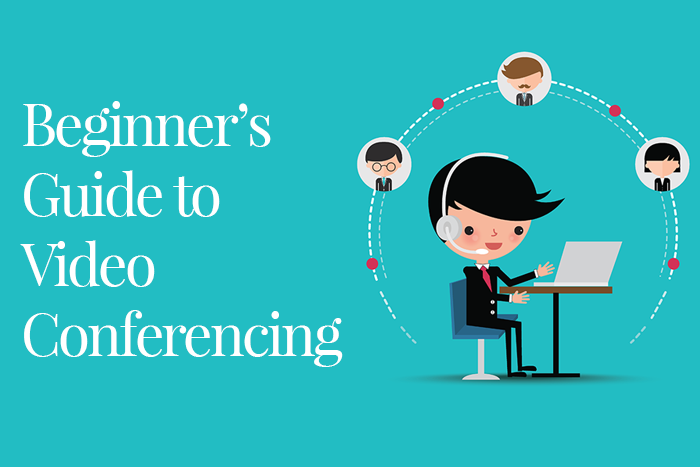Building Your Business with Social Media: An Interview with Lisa Tener
There was a time social media seemed like an optional marketing platform, but the conversation has drifted from whether to invest time and resources on social media to how much to invest and how to do it.
There’s no question of the value: Social networking sites like Facebook, Twitter and LinkedIn help drive interest and customers to your website and keep people talking about your brand.
We recently sat down with Lisa Tener, author and award-winning book writing coach, to gain insight on how she uses social media to promote her business and connect with her customers. She shared some awesome ideas with us that we could not wait to share. Whether you’re just starting out or have been tweeting, posting, and pinning forever, you definitely need to check out these creative tips!
With nearly 1.5 billion monthly active users, Facebook is a no-brainer for anyone wanting to promote their business. There are lots of ways to reach potential customers and engage your audience with Facebook from updates and groups to paid ads and boosted posts.
“Lisa uses her profile to share blog posts and to promote the work her clients and colleagues are doing”
In addition to connecting with clients and followers on her business page: Bring Your Book to Life, Lisa uses her profile to share blog posts and to promote the work her clients and colleagues are doing, including linking to their books on Amazon and sharing their events, courses and other services.
Recently, Lisa has experimented with using Facebook ads to drive traffic to a lead capture page for a free whitepaper, 5 Secrets to Bring Your Book to Life. These ads allow Lisa to target her ideal audience bringing qualified leads directly to her. Because of the ability to target advertising, Facebook has been a good space for growing her mailing list.
Additionally, she uses Facebook to create posts about events, share links to her blog posts and to answer questions from potential clients. She has also recently started a private group where participants in her book-writing course can share ideas and support each other.
More and more she’s seen her clients supporting each other and promoting each other’s books. Recently a graduate of her book writing course held a book signing at a library and other classmates attended when they found out through Facebook—showing the value of the communities that Facebook can help maintain.
In the past year, Twitter has nearly doubled its traffic! With over 87 million visitors in the past month, it’s no wonder businesses are flocking to this fun and unique social network. Twitter has a lot going for it, even with its 140 character limitations.
Because of its popularity with authors, experts, bloggers, journalists and other media personalities, Lisa sees it as the most strategic social media avenue for her demographic and she encourages almost all her clients to be active on Twitter, especially if they blog. Lisa has put more time into growing her following on Twitter than elsewhere and it shows: She has over 9,200 followers. She has not used twitter for advertising however.
“Lisa uses a combination of scheduled and live tweets including inspirational messages”
Lisa uses a combination of scheduled and live tweets including inspirational messages, links to information-rich blog posts, videos that answer commonly asked questions and she also uses Twitter to send invites to her interactive MaestroConference web conferences. Lisa particularly likes using inspirational quotes about writing, written over an image—since images do well with Twitter. For example, see tweets using the hashtags #amwriting or #WriterWednesday.
She also uses Twitter to grow her network by following people in her ideal demographic and to retweet her clients’ tweets and share their wins, such as a link to their book on Amazon. Follow Lisa at @LisaTener and follow MaestroConference at @MaestroConf.
There are a variety of tools for increasing effectiveness on Twitter and Lisa has used both Hootsuite and Social Oomph. Lisa has also tried Triberr, an app that helps you connect with other tweeters who work with the same demographic as you. Says Lisa, “I was invited to join a tribe that wasn’t that good a fit demographically, so it didn’t make sense to retweet their tweets to my audience. When I have the time, I’ve thought about going back and looking for a tribe that’s a better fit.
A number of clients have come through Twitter, often bloggers whom Lisa has followed who then follow her back. More than attracting potential clients though, Lisa sees Twitter as a space for thought leadership: where she can support her clients in their work and help them grow their fan base, and where she can express her own thought leadership. For instance, as a Huffington Post blogger, Lisa uses Twitter to bring new people to her blog posts on The Huffington Post and on her own writing blog. New opportunities, such as requests to be part of a telesummit, have come through Twitter.
More than 380 million professionals worldwide use LinkedIn to connect with other professionals, making LinkedIn the perfect venue to build any collaborative effort—whether it’s finding a coach, hiring a new employee or getting help from other industry experts.
During our chat with Lisa, she mentioned that she uses LinkedIn to post blogs, respond to messages and connect with her clients and colleagues. Potential clients will sometimes contact her on LinkedIn rather than through email (from her website contact form). “I’ve been less proactive with LinkedIn—responding to other people’s requests rather than trying to drum up new business. I think it’s important to focus on one or two platforms primarily, rather than spread yourself too thin time-wise. So LinkedIn is less of a focus for me, though I do spend time there each week.”
“I think it’s important to focus on one or two platforms primarily, rather than spread yourself too thin time-wise.”
Lisa encourages her clients to assess where to focus their time and efforts based on where their ideal clients “hang out.” “For therapists and doctors, I tend to suggest Twitter. For entrepreneurs and leaders, Twitter and LinkedIn. For coaches, Twitter and Facebook, although for executive coaches I suggest LinkedIn rather than Facebook.
One piece of advice Lisa offers is to use keywords in your LinkedIn profile, so that people can find you. “I get many connection requests on LinkedIn from people I don’t know. I think they find me because they search on keywords in my profile. Many of these are not a match, but some have become clients. I do ask people for the reason for the connection request and only accept those people I know or who make sense to connect with. I don’t want to have hundreds of connections with people I don’t know and who are just looking to grow their network.
Lisa does tend to endorse clients and colleagues and, in that way, stay in touch with her networks on LinkedIn. “I know I could be using it more strategically—to actually seek out potential clients to connect with. However, I’ve chosen to focus more on Facebook and Twitter because of my client base and because of where we’ve seen the most success.
Lisa credits her social media knowledge to several mentors, Rusty Shelton, co-author of Mastering the New Media Landscape, which is scheduled to be published in March 2016, Frances Caballo, author of Social Media Just for Writers and Avoid Social Media Time Suck, and Ian Garlic, author of Stake Your Claim, as well as her virtual assistant, Geri Lafferty, of CapitalVA, who is “constantly learning what’s new and what’s working for other entrepreneurs, then letting me know what we should be doing.”
Using successful strategies like Lisa’s will help you to grow your network, connect better with your audience and drive leads to your business. Do you have a great social strategy that works for you? Share it in the comments below!





Thank you for the nice compliment, Lisa. It’s true–social media is a rapidly changing environment. It seems every day there is something new shouting at us to “be social” on their platform. For busy entrepreneurs, choosing two or three platforms where they can participate regularly and add value is manageable without having to hire staff. Engaging on a few platforms consistently is much better than spreading yourself too thin.
This is an excellent piece and I’m so impressed with the platform Lisa has built using social media. Her advice it right on the money. We have found Twitter to be the best fit for those looking to build new relationships (those just beginning to grow their platform) and Facebook the best place to sustain or improve existing relationships (those who are popular enough that people know to look for them). LinkedIn sits somewhere in between, providing users both the ability to build new relationships through their long-form publishing tool and groups and also the ability to sustain existing relationships through the newsfeed and contacts feature. It’s a brave new world and it’s so important that those looking to grow their audience focus their time on activities that will provide the best possible impact – Lisa’s advice here will definitely help you to do that!
Thanks so much for commenting, Rusty! We really appreciate your advice.